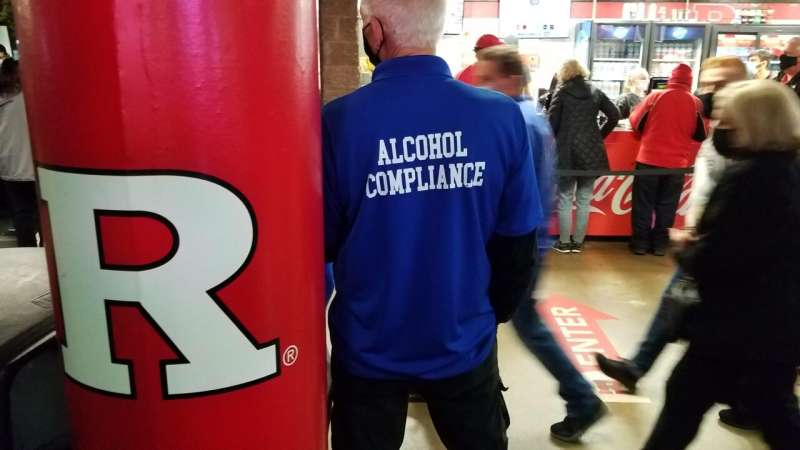This article has been reviewed according to Science X's editorial process and policies. Editors have highlighted the following attributes while ensuring the content's credibility:
fact-checked
peer-reviewed publication
trusted source
proofread
Use of law enforcement strategies to curb underage drinking has decreased over past decade: Study

Despite the harm that excessive alcohol consumption can cause in a community, use of some alcohol-related enforcement strategies remained low or decreased from 2010 to 2019, according to a new report in the Journal of Studies on Alcohol and Drugs. In particular, researchers found a drop in enforcement of underage drinking laws.
Researchers at the University of Minnesota first surveyed 1,028 county and municipal law enforcement agencies throughout the United States in 2010 about their practices regarding three factors to alcohol harms in communities: underage drinking, impaired driving and sales to obviously intoxicated persons.
That study was one of the first to investigate alcohol-related law enforcement efforts on a national level, says lead author Kathleen Lenk, M.P.H., Senior Research Fellow at the University of Minnesota School of Public Health. In the current study, surveying the same agencies (with 742 responding) again in 2019 allowed researchers to assess any changes in alcohol enforcement practices over time. Researchers asked one person from each department whether that agency utilized various enforcement strategies in the last year.
Overall, the researchers found some changes in alcohol enforcement. A concerning—and surprising—find was decreasing enforcement of underage drinking laws, says Lenk. The percentage of agencies that reported using compliance checks (law enforcement supervises undercover youth who attempt to purchase alcohol, penalties to the retailer if a sale is made) dropped from 41.9% to 36.4%, enforcing adult provision of alcohol to underage persons decreased from 48.5% to 33.9% and enforcing underage possession/consumption dropped from 84.7% to 66.5%.
"Use of all three types of underage drinking enforcement efforts that we examined significantly decreased from 2010 to 2019 even after accounting for community and agency basic characteristics," says Lenk. "In addition, enforcement aimed at underage drinkers themselves, versus the alcohol outlets and adults who supply alcohol, were the most commonly used at both time points. This is a common enforcement approach, but studies demonstrate it is more effective to focus on reducing access to alcohol rather than punishing underage persons."
The use of sobriety checkpoints (43.7% in 2010 and 42.1% in 2019) and the enforcement of laws prohibiting overservice (the sale of alcohol to obviously intoxicated persons; 24.8% and 23.8%) remained consistently low. There were increases in two types of impaired driving enforcement: the percentage of agencies using saturation patrols rose from 69.1% to 75.5%, and open container enforcement increased from 45.6% of agencies to 57.9%.
Questions about priorities of alcohol enforcement (relative to other issues) revealed somewhat conflicting information. Although agencies reported that impaired driving, overservice and underage drinking were less common in their jurisdictions in 2019 compared with 2010, a greater percentage of agencies placed a high priority on impaired driving and overservice enforcement in 2019 than in 2010.
The survey also found that most agencies in both years collaborated with local media for their impaired driving enforcement efforts, which has been shown to help make sobriety checkpoints and saturation patrols more of a deterrent.
The researchers point out the limitations of their study, including that data were self-reported by the agencies and that agencies that participated in both years of the survey were likely to have smaller populations and a lower percentage of Black and Hispanic residents compared with agencies that did not participate in both surveys. However, they say their findings still suggest that agencies could adopt more alcohol enforcement strategies, including in the three areas studied here.
"Our results indicate the need for improvement in alcohol enforcement regarding underage drinking, impaired driving, and sales to obviously intoxicated persons," says Lenk. "Improvement is warranted particularly in focusing on suppliers of alcohol to youth rather than underage drinkers and increased awareness and enforcement of selling alcohol to obviously intoxicated patrons."
More information: Kathleen M. Lenk et al, Alcohol enforcement in the U.S. from 2010 to 2019, Journal of Studies on Alcohol and Drugs (2023). DOI: 10.15288/jsad.22-00096




















